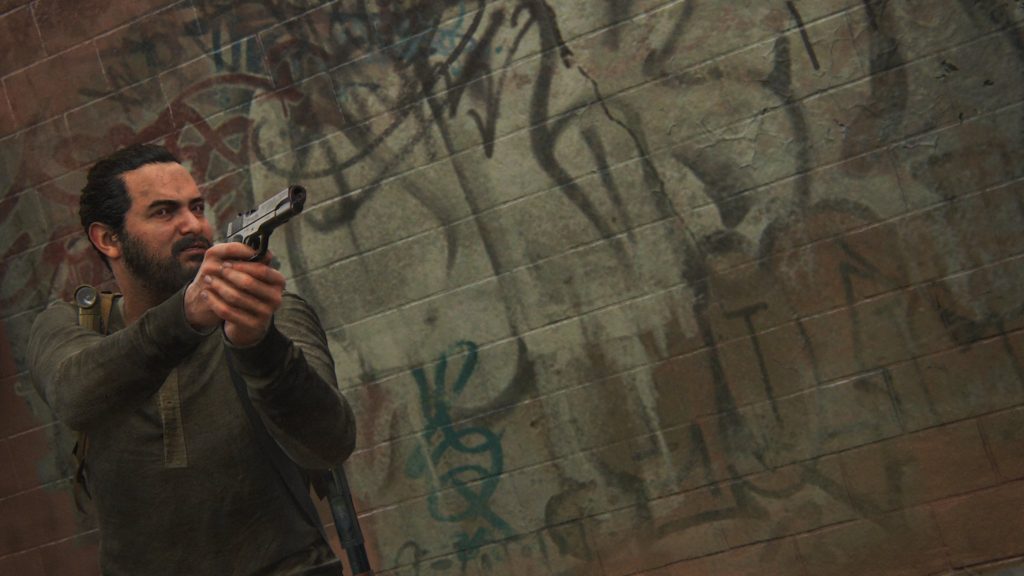
Authentic Voice Acting Is More Than Skin Deep
Along with everything else, the voice acting industry has entered a fraught space in 2020. In response to the unjust police killings a few months back of George Floyd, Breonna Taylor, and others, people across America took to its streets in protest. As a side effect, a number of unrelated institutions took their own forms of action. State universities and governments opted to finally remove the names of klansmen and confederates from their dining halls, capital buildings and dormitories. Quaker Oats quietly retired Aunt Jemima and Uncle Ben from their respective food brands. TV networks dug into their archives and removed episodes containing blackface (a surprising amount) and insensitive racist humor (a far less surprising amount). And a number of white voice actors stepped down from their roles performing as characters of color on animated series. Recent shows like Big Mouth, Bojack Horseman and Central Park alongside longer running staples like The Simpsons and Family Guy, all promised to more authentically voice their characters of color and many saw their white actors apologize for, and even retire from previously unquestioned roles voicing characters of color.
Games, an even larger industry than animation, with its fair share of voice acting roles, has not seen anything close to a similar reckoning. Indeed, one of its most influential figures, Neil Druckman, director of Naughty Dog’s recent hit, The Last of Us Part II, and the Uncharted series, in defending his choice to hire the white actor Laura Bailey to voice the black Uncharted character, Nadine Ross, has unambiguously argued that he sees authenticity in voice acting as a non-issue.
The problems run deeper than basic representation, though. One of gaming’s most infamous black characters, Letitia “The Trash Lady,” a seemingly inconsequential background character from 2011’s Deus Ex: Human Revolution, drew negative attention soon after the game’s release for speaking with an exaggerated and minstrel-like drawl. Her voice actor, Amanda Strawn, in an interview on the subject argued that she “could’ve made a better match as to who that lifeless character (Letitia) was and brought to life if these characters were of value to the story and the director’s ‘point of view.’” She concluded that “My character was not that important.” Though Strawn is a black woman, the lack of thought that went into her character, and the apparent lack of direction or consideration from the game’s white director, resulted in a character remembered as embarrassing at best, and hateful at worst.
In the years since Human Revolution, we’ve seen some solid examples of thoughtful and well-rounded BIPOC characters in AAA games. But persistent issues remain; issues that stem from how representation can be distorted and misapplied when not treated with holistic care and attention. It’s no longer sufficient to add people of color to your game’s roster of characters. Nor is it enough to voice characters of color with actors of color (though it’s a fucking good place to start). There must be an effort made to recognize that putting marginalized characters in your game, a good and necessary goal, must also come with doing service to the precise and nuanced shape of their singular identities. Rather than relying on offensive cultural shorthand on one end, or an overcautiously non-raced persona on the other, these characters deserve depth and authenticity -which is inextricably rooted in who their voice actors are, how they are chosen, and how they are treated in the voice booth.
In Druckman’s own The Last of Us Part II, we see an example of a character who seems built piecemeal from tropes and racial shorthand: Manny Alvarez, played by Alejandra Edda. He’s a Latinx character who makes sure to telegraph that fact in the only way video games seem to know how: peppering Spanish words into his English sentences, spending most of his screen time crowing about sexual conquests, being genially brash and excessively full of macho bravado. In a game with such an achingly white overall worldview, it’s hard not to notice how one of the few named characters of color behaves. It’s hard not to wonder what directions Edda received in the booth, whether the impetus to sprinkle his lines with “con picante” and “gracias’” or curse in Spanish whenever under stress was his alone, or someone else’s. Because, while there isn’t anything inherently wrong with the way he speaks, its purpose in othering him, in signifying his non-whiteness in contrast to his white allies, feels inimical to true inclusion. It makes him a token, an identity meant to superficially represent countless unrepresented others, rather than being allowed to portray himself in any kind of deep or meaningful way.
Tokenism in media, while a longstanding and time-honored tradition, still manages to produce some surprisingly awkward decisions. In late 2019, months before the upheaval of COVID-19 and the Black Lives Matter protests, the game developer Chucklefish received backlash after it released a tweet introducing new characters for its game, Wargroove, with optics so problematic that they quickly outshone the content of the announcement. Though three out of four of the characters being announced were clearly people of color, all were voiced by white actors, who’s headshots were proudly presented in the tweet alongside their much darker hued avatars. Chucklefish, in a subsequent apology statement, explained that this was partially a result of using blind casting to cast these voice actors, a popular method that has obvious drawbacks when it comes to authentically casting actors of color. In a separate thread on the subject, casting director Kimlin Tranh mentioned that she was told the group these characters were a part of, “The Outlaws,” all had to have Scottish accents. She admits –with hindsight– that “ … there should’ve been less of an emphasis on the authenticity of the Scottish accent and more on the authenticity of the characters represented,” and tells The Verge “I think we lost track of what really needed to be represented.”
This case is a good example of the limitations of tokenism, of diversity without depth. Though the developers wanted diversity in their game, they didn’t stop to consider the pressure that enforcing an accent associated with a majority white country like Scotland might place on the casting process. Even with supposedly good intentions, arbitrary creative decisions demanded that actors of color be filtered through an unwieldy and unrealistic casting process. They want us for how we appear, but not as we truly are.
The limitations and preconceptions in place on the voice casting process have deep roots. Cartoons and animation share a history with America’s vaudeville tradition, which gave us the minstrel figure, the insulting and dehumanizing comic caricature of black Americans. While its most famously visible and pernicious form of ethnic shorthand, the minstrel is just one example of the ways vaudeville’s comic performances relied on stereotypes and tropes to provide easy frames of reference for audiences. In Nicholas Sammond’s “Birth of an Industry: Blackface Minstrelsy and the Rise of American Animation,” he explains: “racial and ethnic stereotypes were seen as efficient, because an audience could read a character at a glance and then appreciate a gag according to how well it was pulled off.”
The need for an easy read often precludes the possibility of depth, particularly in marginalized characters. In an interview with Vanity Fair, the prodigious and effortlessly talented voice actor, Phil LaMarr recounts the story of how his character, Hermes Conrad, the goofy Jamaican bureaucrat on Fox’s Futurama, took shape. “It was tough trying to figure out where the character might be because it was a brand new show,” he admits. LaMarr spent a few episodes voicing Conrad as a more generically nerdy-sounding accountant before Groening asked him to try voicing Conrad with a Jamaican accent. “Now, instead of just writing accountant jokes, they were writing Jamaican jokes, and then laying accountant stuff on top of it.” Here we see the lineage of vaudeville laid bare. Even though LaMarr is not directly from Jamaica, he could use the shorthand of the language, which sounds inherently silly to xenophobic American ears, to “punch up” the character of Conrad, and allow him to land better with audiences.
Contrast this with another character LaMarr brings up later in the interview: Justice League’s Green Lantern, an experience he describes in the interview as “powerful.” Not only did he grow up reading the comics, but the character of Green Lantern, John Smith, is from Detroit, just as LaMarr’s own father is. He describes inserting some of his father into the character, as a kind of “homage.” Here, no efficient shorthand is used. LaMarr is able to leverage his own unique background, his own family roots, even Detroit’s extremely black history, to inform the character, to make the experience feel “powerful.” It speaks to the benefits of a well-chosen voice actor and a well-considered character, just as much as it reveals the weaknesses of lazy, spur of the moment casting choices and writing.
Thoughtless approaches to voices in games and animation doesn’t always manifest purely in stereotype and racist shorthand. Sometimes it swings in an opposite, but no less troubling, direction. In June of this year, as other white actors were stepping back from their roles voicing characters of color, Alison Brie, who voiced Diane Nguyen when Bojack Horseman was on the air, apologized for playing her for the show’s six seasons, stating “We missed a great opportunity to represent the Vietnamese-American community accurately and respectfully, and for that I am truly sorry.” The show’s creator, Raphael Bob-Waksberg also addressed the issue, admitting: “The intention behind the character is I wanted to write AWAY from stereotypes and create an Asian American character who wasn’t defined solely by her race. But I went too far in the other direction. We are all defined SOMEWHAT by our race! Of course we are! It is part of us!”
Though there’s some hope to be found in Brie’s and Bob-Waskberg’s contrition, the logic behind Nguyen’s characterization and casting is uniquely pernicious. For even the most well meaning, seemingly progressive white creators, race seems to be viewed purely through the lens of one-dimensional and stereotypical signifiers. The raced counterpart must be Othered in ways that the white audience can understand, through accents, foreign words, and open self-description, or they must not be raced at all. Nguyen’s Vietnamese identity resembles less a real person than it does a costume. Being both conceived, written, and voiced by whiteness, it’s quite difficult to see her as Vietnames at all. Rather, as Bob-Waskberg originally planned: “She’s going to be fully American, her race is barely going to play a factor and she’s just going to be a person … ” Unwittingly here he distills personhood and Americanness, through the all-cleansing and inevitable rubric of whiteness.
In games, this phenomenon finds its clearest manifestation in the character of Nadine Ross, a South African mercenary who first first appears as Nathan Drake’s adversary in Naughty Dog’s Uncharted 4: A Thief’s End, and later co-stars in Uncharted: The Lost Legacy along with another series regular, Chloe Frazer. Nadine Ross presents as a black woman, with gloriously lit brown skin and believably weighty curls. But she is voiced by a white woman: Laura Bailey. On Twitter, Bailey described auditioning for a character with “no picture or physical description at all.” It was only later that she realized that the character she would be voicing was black. Druckman, who directed the games, had no problem with this, arguing instead that the combination of Laura’s voice with Nadine’s appearance “just felt so right, and we all fell in love with that character… “ and that, unlike in film or TV, in video games, one’s “outward appearance doesn’t matter at all.”
Ross, then, is a character so stripped of identity that it is both conceivable and, for many, ok that she is voiced by a white woman. Bailey saw a “beautiful design … and it happened to look… very different than me.” Despite some misgivings, she claimed she didn’t want to “lose the opportunity to have a strong character of color in the game.” But who is Nadine Ross? If Bailey could rehearse with a “South-African” accent and a one-line character description, if race didn’t matter at all, is it really defensible to claim Ross as one of ours? As a glorious example of black female representation in games? It’s much easier to argue that Ross represents the same kind of hollow, falsely raced costume that Bojack Horseman’s Nguyen represents. At least blackface and minstrelsy, for all its dehumanization and violence, sought to mimic and stand in for blackness. Ross, instead, is the muted video signal of a black woman, the skin, the eyes, the hair, the face, a concept sketch laid out on an artboard, waiting to be filled in by an unseen white voice.
When white-dominated entertainment spaces tend so frequently to misunderstand and misrepresent people of color in their stories, whether it’s through overtly Othering us, or shaving down our unwieldy, often indefinable identities, it becomes difficult to see how authenticity can honestly enter into the conversation around voice acting and casting in games. How can we exist authentically when our identities are tied so thoroughly into how white directors perceive us, rather than how we perceive ourselves? In an interview with Shonté Daniels for Vice, black voice actor Dave Fennoy describes white directors asking him “to make a read ‘blacker,’” to wear, effectively, the unnatural mantle of outward and monolithic blackness. He is not being asked to use his talent to round out and add to a written character but to conform and neatly organize his identity so that the stereotypical expectations of his paymasters are met, a feat most people of color working in white spaces have sadly been forced to master.
In his book, The Souls of Black Folk, W.E.B dubois describes the “two-ness” of being both black and American. He argues that black folk “simply wishes to make it possible for a man to be both a Negro and an American, without being cursed and spit upon by his fellows, without having the doors of Opportunity closed roughly in his face.” As straightforward as this sounds, we have seen how creatives like Bob-Waskberg couldn’t see how Nguyen could be both American and Vitnamese in Bojack Horseman. We’ve seen how Chucklefish couldn’t envision how the brown-skinned children of mixed-race parents couldn’t have their own unique accent and identity, but had to have the same Scottish accent as their dad. We’ve seen how Manny, in The Last of Us Part II, had to wear his identity as his pathos. It’s an uncomfortable place to sit, especially for those of us who must fight constantly to even be allowed at the table, in any form.
Toward the end of Amanda Strawn’s interview, she addresses the negative reaction to the character Letitia, wondering aloud: “So why pick on the ‘blackness’ that one is commonly used to hearing? Because it is the blackness society has successfully deleted as suitable in the ‘White Man’s World.’ Which many of us aspire to get along in.” It’s reminiscent of the respectability-infused criticisms Richard Wright made about fellow writer, Zora Neale Hurston’s, “Their Eyes Were Watching God.” Wright complains in his review that “Miss Hurston voluntarily continues in her novel the tradition which was forced upon the Negro in the theatre, that is, the minstrel technique that makes the “white folks” laugh.”
Watching Letitia again in this context, there’s some familiar discomfort in seeing how the discordant impulses and priorities of the black artist and her white director twist together to form this ungainly character. All caricatures, all shorthands and stereotypes have as their basis some version of truth. Strawn sought to insert that truth into this character she had been told nothing about, and had been given less than an hour to voice. Unlike Bailey’s impression of blackness vis a vis Nadine Ross, it is Strawn’s which stands out as offensive, minstrel-like, dehumanized; while Bailey’s Ross is generally celebrated as a win for representation. It’s a measure of how far we yet have to travel, that the hollow facsimile is revered while the unwieldy, ugly truth is laughed at, and mostly forgotten.
————–
Credits:
I want to highlight Lauren Michele Jackson’s essay in The New Yorker: “The Messy Politics of Black Voices—and “Black Voice”—in American Animation” – which was, along with most of Jackson’s body of work, tremendously valuable inspiration for my own piece.
Thanks to Vivian Chan, for consulting on the ideas discussed in this piece.
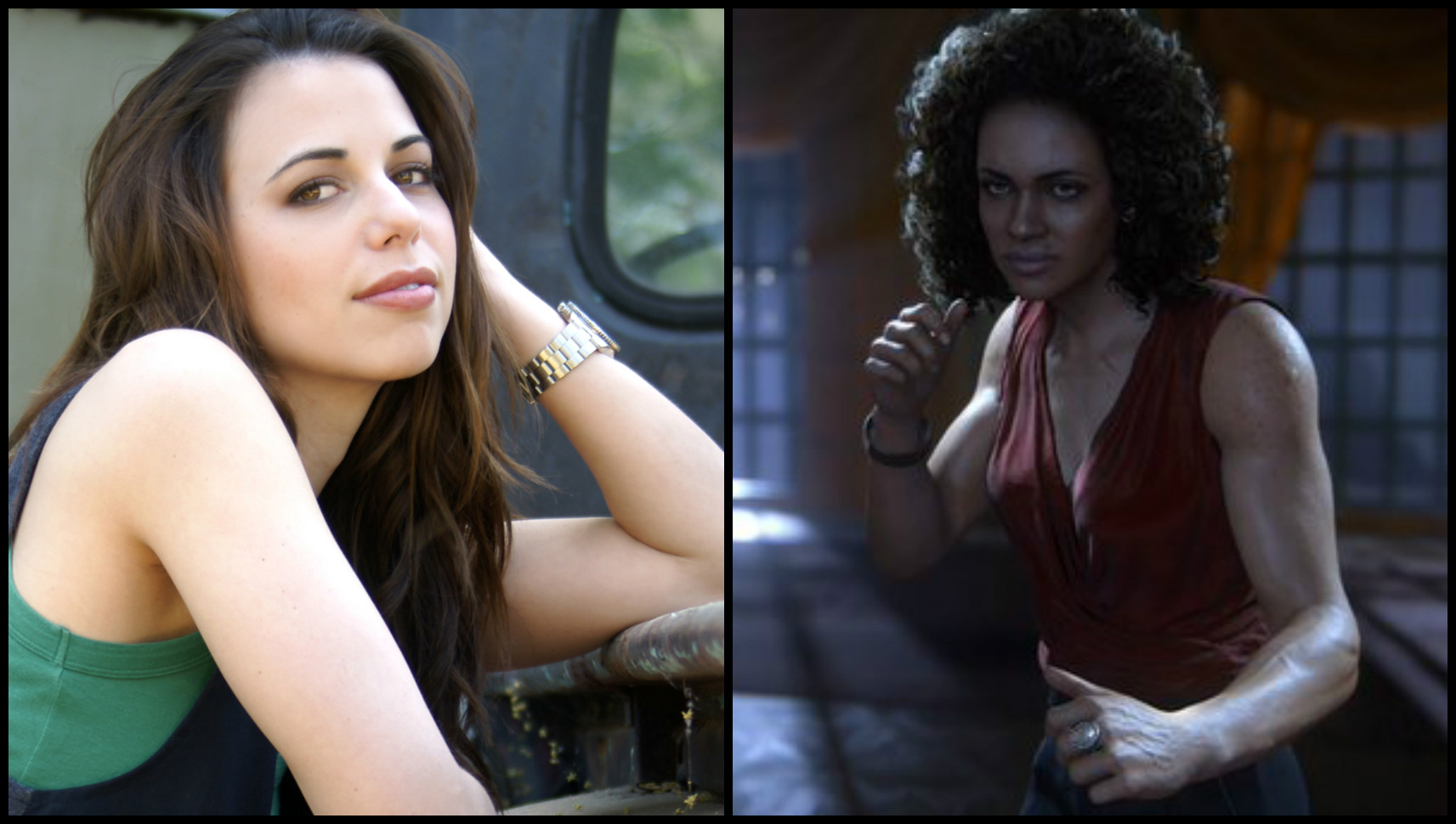
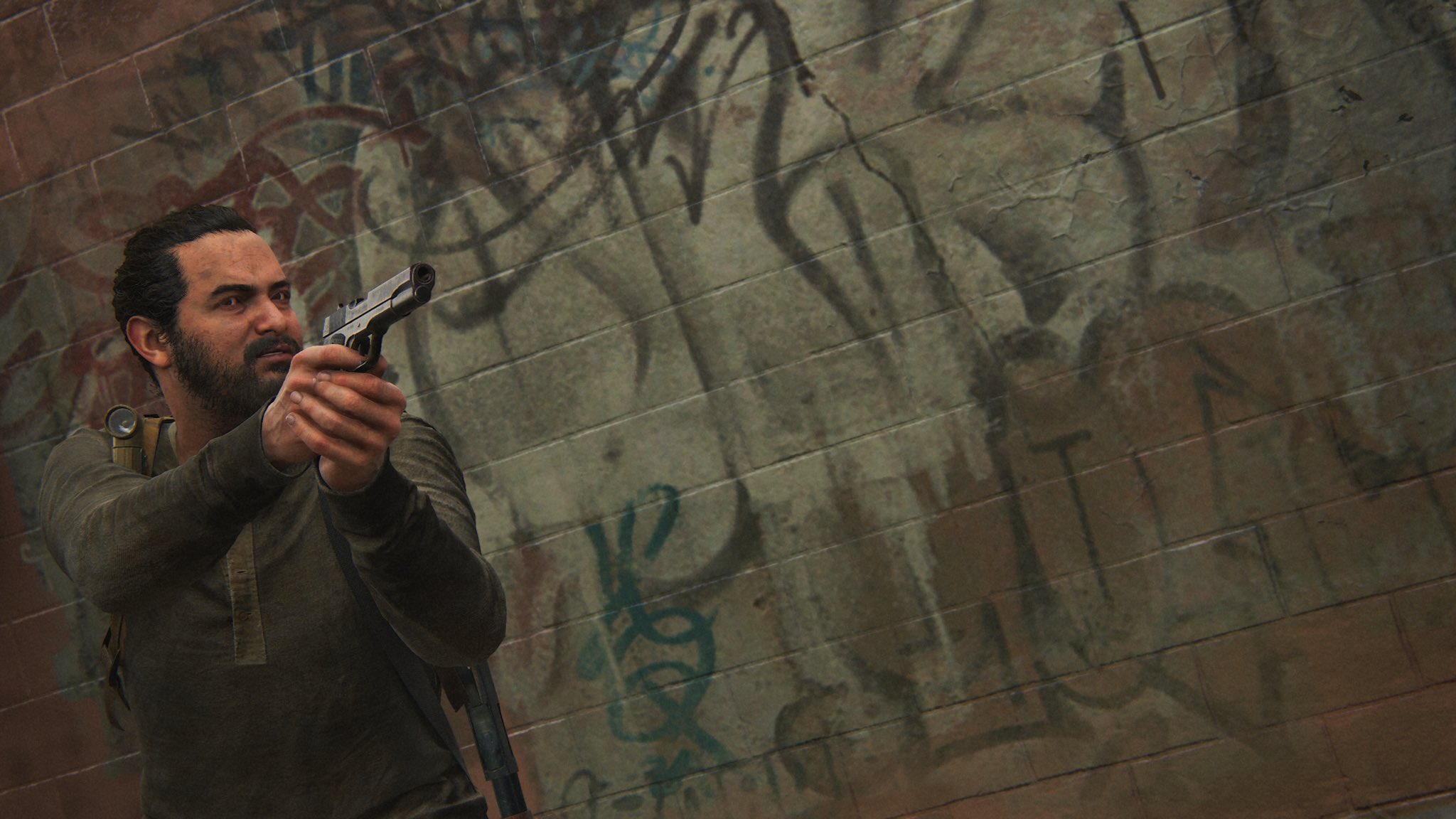
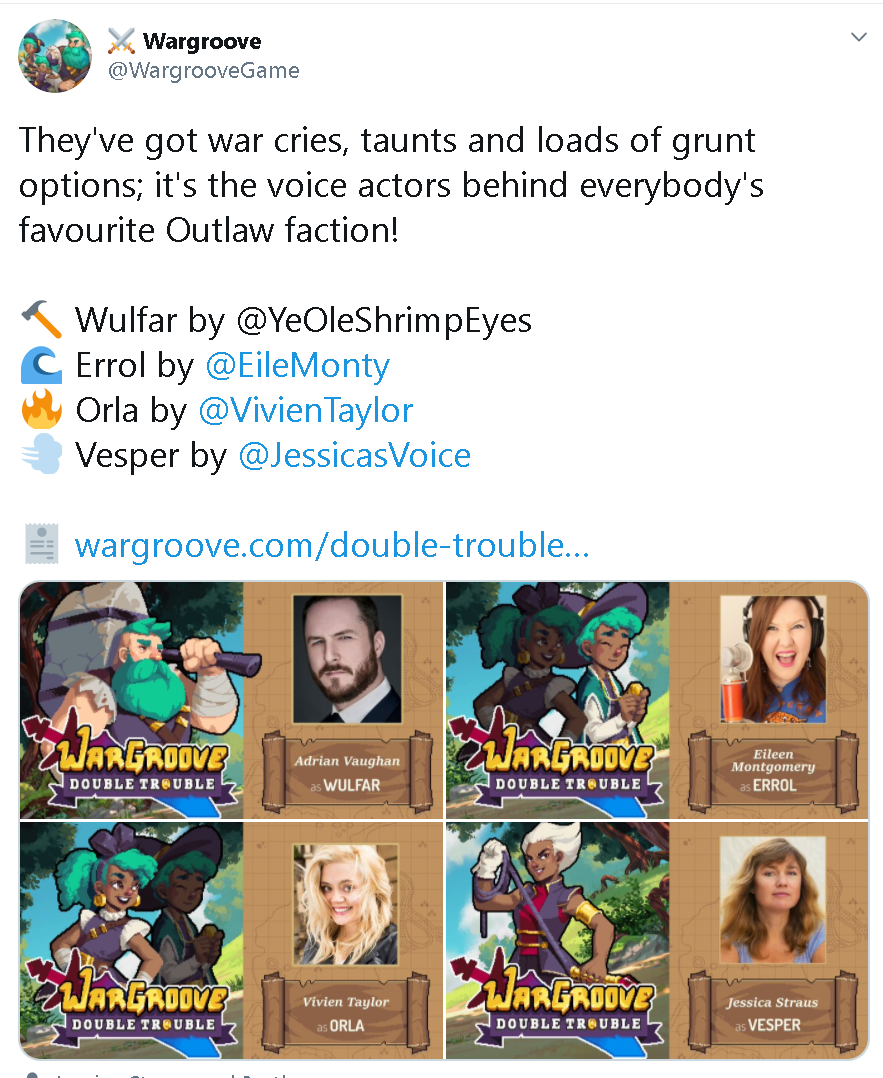
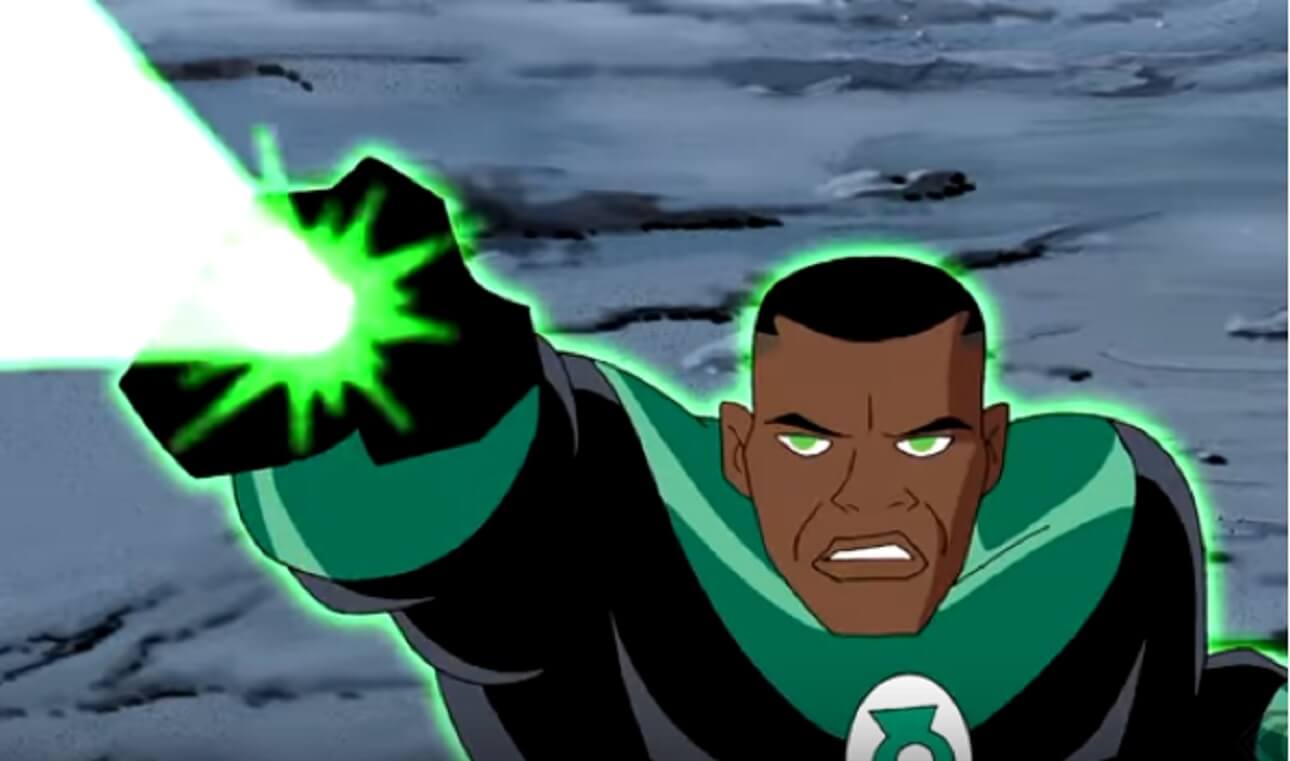
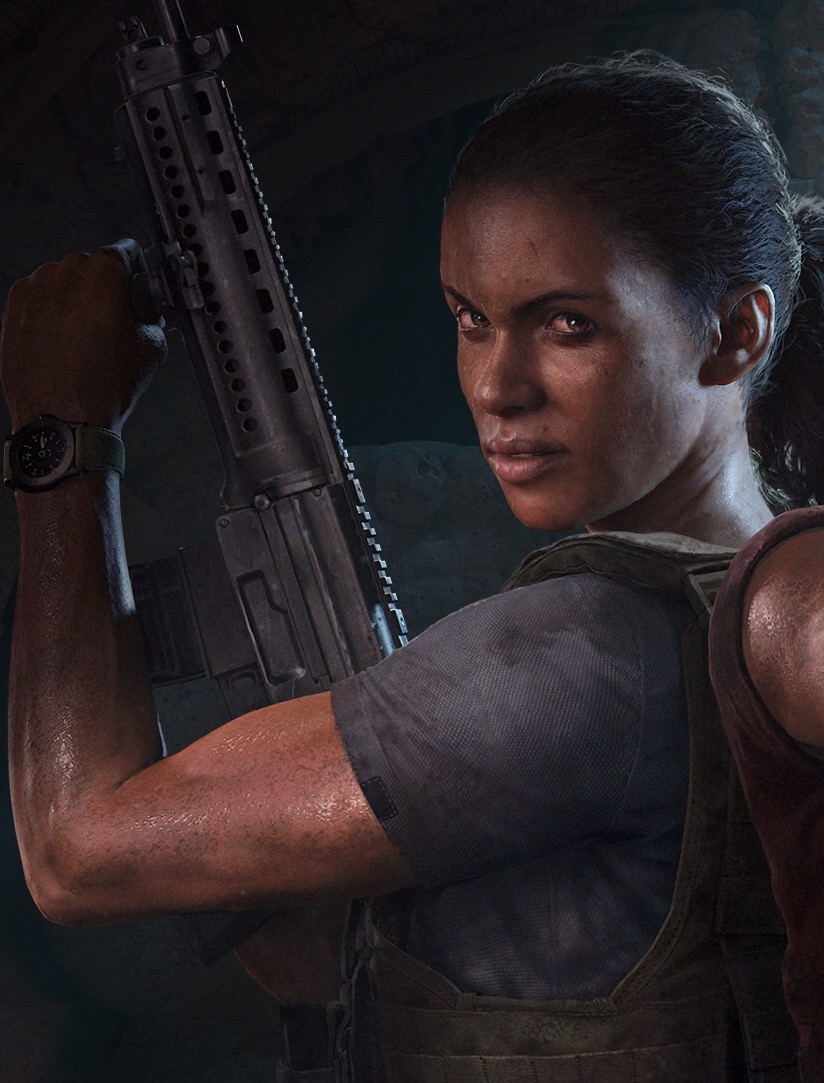
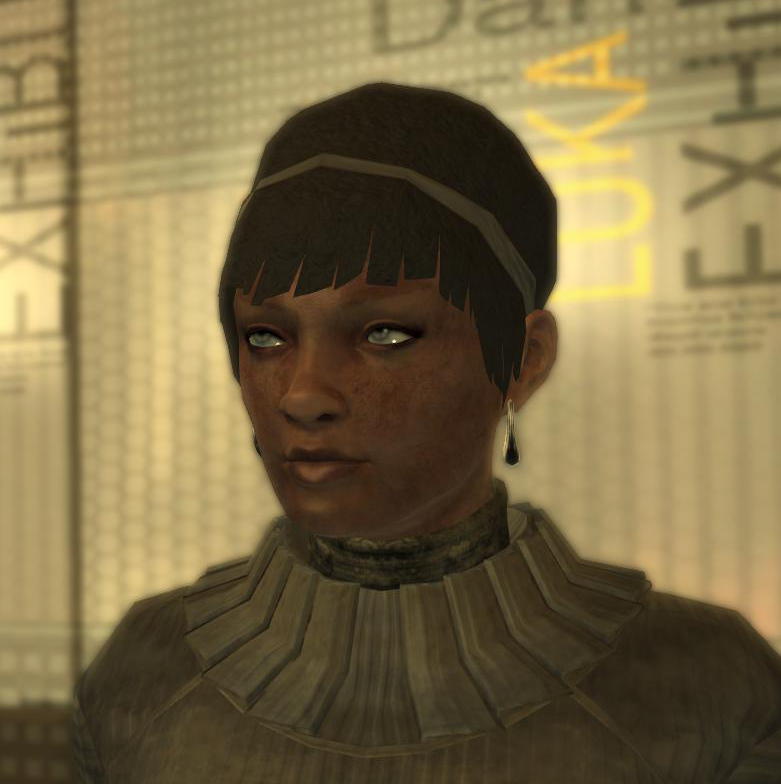






3 thoughts on “Authentic Voice Acting Is More Than Skin Deep”